Two books have been in the pipeline for a few years, slowly evolving and and both around 90% complete in the summer of 2018.
THE MEANING OF THE YEAR
The first is provisionally titled The Meaning of the Year, and is intimately and personally linked to my years living in Italy, and more specifically near the city of L’Aquila - 100 kilometres north-east of Rome beneath the 3,000 metre shadow of the Gran Sasso d’Italia.
Seasonality has become fashionable in restaurants and shops, so that chefs and critics focus on seasonal produce and dishes made with them. But, traditionally, seasonality meant sometime far more significant than the arrival of fresh asparagus or chestnuts. For the calendar itself was built around Christian liturgy - with pagan survivals incorporated - and this liturgy had two main focal points during the year, Christmas and Easter, which obviously corresponded to two of the four seasons, winter and spring. Moreover, liturgical practice was underpinned by the ancient and Christian values associated with bread and wine, the body and blood of Jesus according to the gospels, and interspersed with periods of fasting followed by celebratory feasts. Lent and Easter, for example. Indeed, thinking of fasting and celebrating, one of the key distinctions between foodstuffs and entire meals in Italy in the past was that between ‘grasso’ and ‘magro’, still used today in common parlance and literally meaning ‘lean’ and ‘fat’.
Traditional sweets in L'Aquila
As the great late-eighteenth century French epicure Jean Anthelme Brillat-Savarin brilliantly expressed it in his meditation on fasting, the ‘scrupulous observance of Lent gave rise to a pleasure we have now lost, that of de-lenting ourselves with Easter lunch’ (Meditation XXIV). This philosophical observation chimes perfectly with everyday practice. How delicious in my childhood was the roast lamb of Easter lunch and then the chocolate of the Easter eggs which followed it when we had eaten neither meat nor sweets chocolate for 40 days!
This world is gone, and so have many so-called local dishes. Take the example of the fashionable lardo di Colonnata. It could rarely be found much beyond its village of origin as recently as twenty years ago - near the north-west of Tuscany where it is made, except for some refined and expensive shops in Milan and Rome. It was poor men’s working food, made by quarry workers who used basins carved into Carrara marble to contain the lard during the process of seasoning with sea-salt and herbs (to produce high-calorie sustenance for hard manual labour). It was produced from May to September near the quarries with the fat of local pigs. Nowadays, according to the 2004 decree which declared this lard a geographically protected product (IGP: Indicazione Geografica Protetta), the pigs to be used should be bred in the following regions: Tuscany, Emilia-Romagna, Veneto, Friuli-VeneziaGiulia, Lombardy, Piemonte, Umbria, Marche, Lazio and Molise. In other words, just about anywhere except southern Italy - where pigs are less common anyway because of the climate. It is no longer local in any real sense.
Traditional shop sign indicating a cantina/wine shop
This book is structured as a calendar of the gastronomic year in a particular part of central Italy, based on several decades of personal experience and the memories of someone who made a deliberate, long-term effort to enter into the annual rhythms and traditions which still survived in the 1980s and 1990s - when all rural food was ‘slow food’, and recipes were restricted to local and seasonal ingredients simply because nothing else was available. In L’Aquila thirty-five years ago, a request for Lardo di Colonnata or cicchetti would have been met with a blank stare. Supermarkets were unknown.
It mirrors Italian culture, showing for example how the work of internationally known writers from the area - from Ovid, Leopardi and D’Annunzio to Ignazio Silone - is informed by the pastoral culture and calendar. It seeks to emphasise the way in which a natural product and the kitchen in which it is transformed for consumption are both merely part of a much broader and richer culture.
From Near Annihilation to Rollicking Revolution:
1963 Seen From Cambridge
Entrance to the surviving nuclear bunker for key local officials; a reminder of how close we got.
This book is about a period of just over a year which I believe to have been pivotal to the real cultural break - or “rollicking revolution” as the Express had it - that marks the defining moment of the 1960s and was a key moment in the entire 20th century for British society. Thirteen months exactly from the acme of the Cuban Missile Crisis to the assassination of President John Fitzgerald Kennedy in Dallas, two distant but related events with huge impact on our lives.
The 'Vic', or Victoria Ballroom, where budding local rock groups honed their skills.
There have been lots of books about the Sixties, with all sorts of clips made. This one is from the perspective of Cambridge, because that is where I happened to be born and where I spent the formative years of my life. For many reasons it was a lucky place to be born, but that city is simply one lens through which to view the entire year and the whole country. Many of the events and influences, the wilful destruction of city centres for example or the impact of rock music on teenagers, could have been placed in any other medium-sized British city of the time. But this account is based on personal recollections of the moment in a specific and fairly small area of Cambridge, on later reflection looking back at events in general, and on a recent re-reading of the excellent local daily, The Cambridge News, to provide an anchor and temporal framework for the weaknesses and distortions of memory.
The book is focused on the brief period from October 1962 to November 1963, and the only exceptions involve events or memories from a later period which are however directly relevant to this focus.




